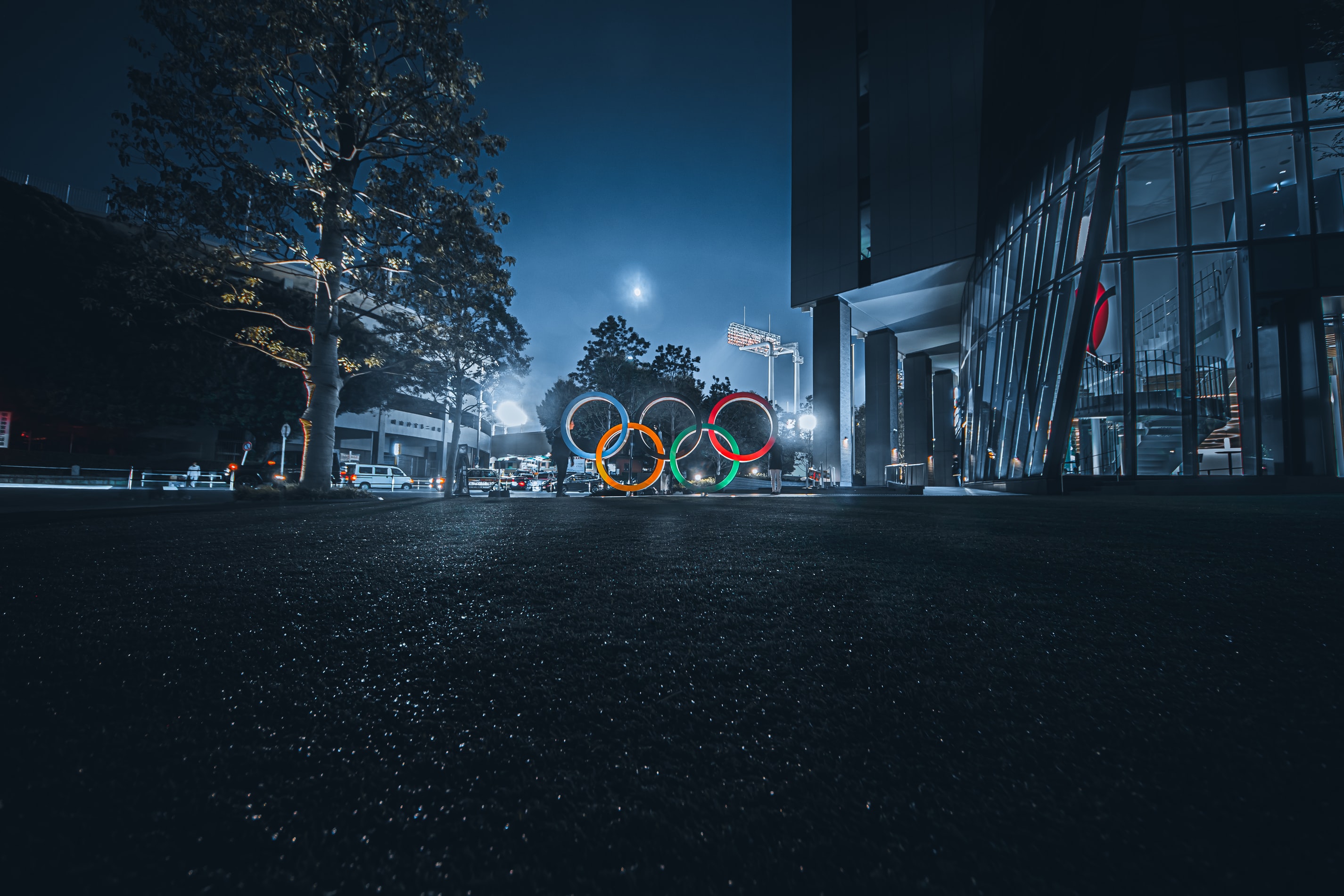OPINION | Doping has become inevitable at the Olympics. And who wins gold in Tokyo might not be certain until 2031
Another Olympics is upon us, inexorable even in the face of COVID. With it comes the inevitable, salacious speculation around doping scandals.


